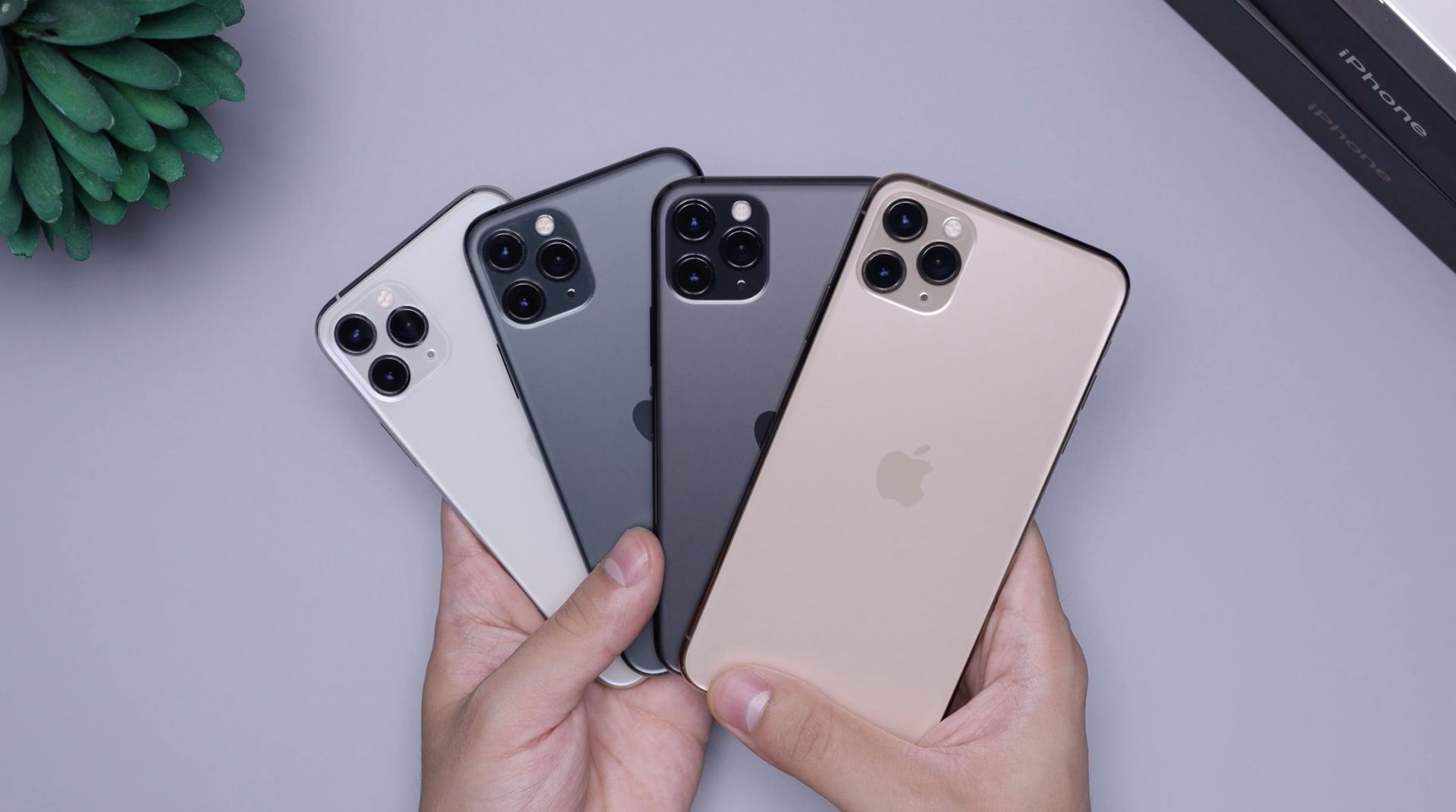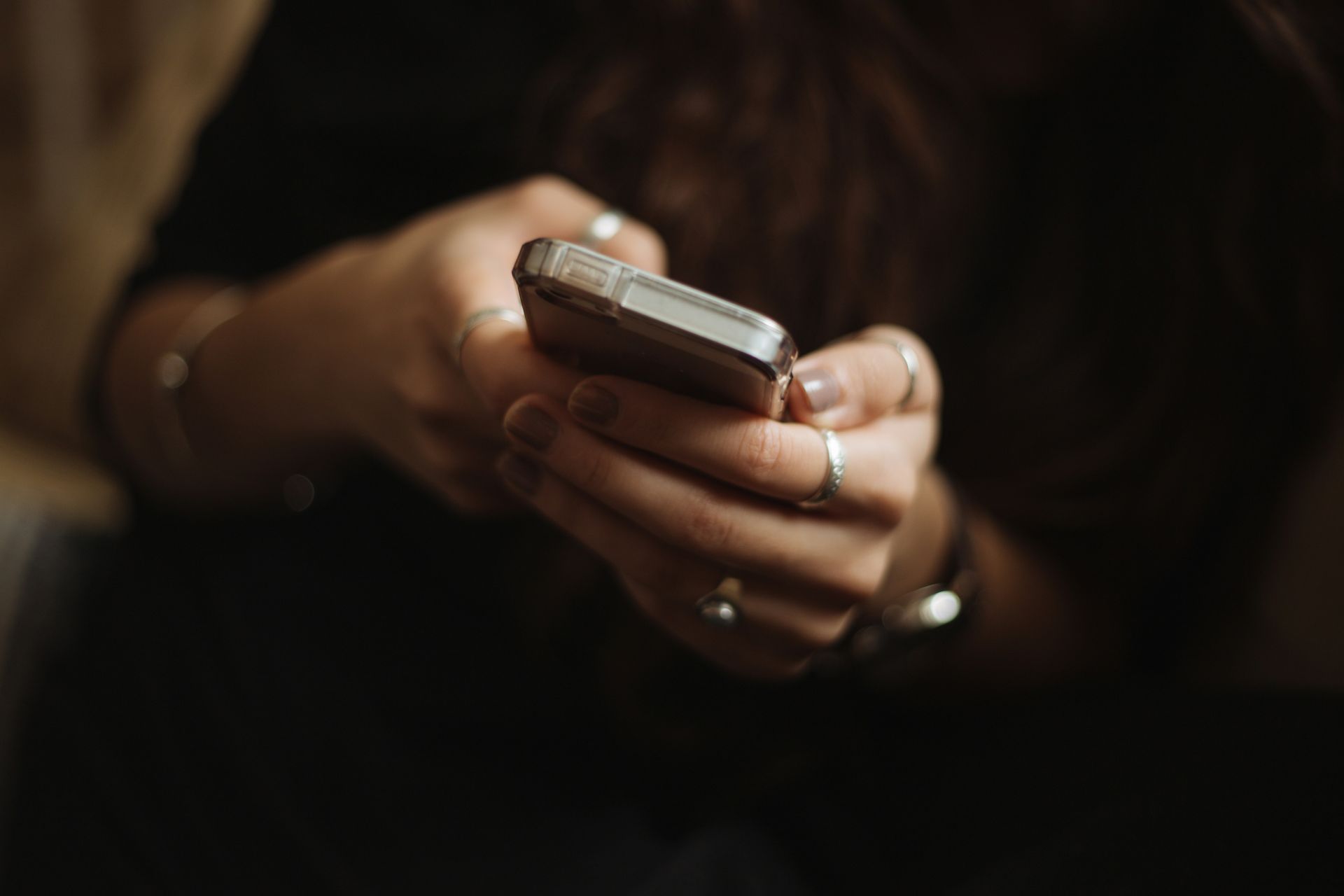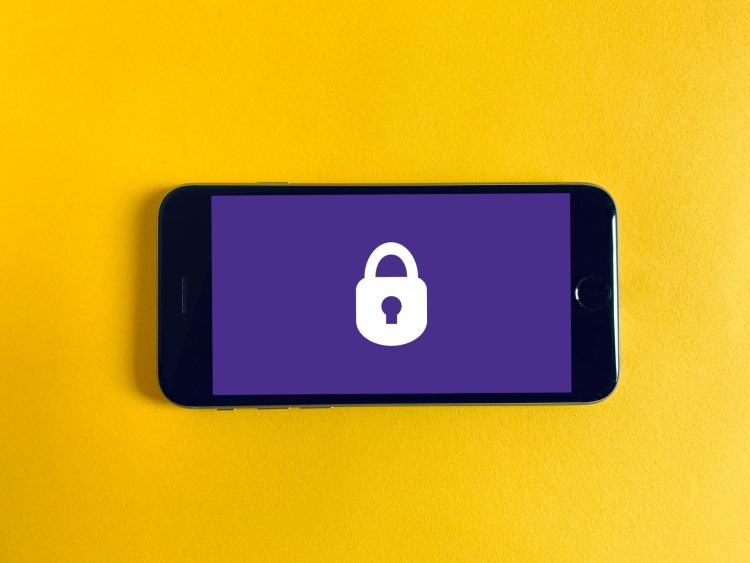Apple has added a new security measure named “iPhone Stolen Device Protection” that will keep your smartphone secure when it is stolen. The new feature works when your iPhone is taken to an unknown place or location and it akss for your credentials, such as Face ID or Touch ID.
In the world of technology, staying a step ahead of the bad guys is crucial. Apple, known for its innovation, has just taken another giant leap in this direction. This Monday, they rolled out the iOS 17.3 update, packed with exciting features like Apple Music playlist sharing and AirPlay for hotel TVs. But the real game-changer lies in a feature named Stolen Device Protection. Let’s dive into what this means for you as an iPhone user.
What is iPhone Stolen Device Protection?
Imagine you’re at a coffee shop, and in a blink, your iPhone isn’t where you left it. Panic sets in, right? Well, Apple’s new feature, Stolen Device Protection, is here to ease that anxiety. This tool kicks in when your iPhone is not in its usual spots, like home or work. It’s like having a vigilant guard for your phone, always on the lookout when you’re in unfamiliar territories.

How does it work?
Stolen Device Protection ramps up security measures when your iPhone is away from familiar locations. It’s not just about locking your device; it’s about safeguarding your personal information and accounts. For instance, you now need Face ID or Touch ID to access stored passwords or credit card information. There’s no room for the old passcode fallback.
Things stay simple at home or work, where your iPhone recognizes the surroundings. But once you step out, the rules change. Actions like changing your Apple ID password introduce a security delay. You’d need to authenticate with Face ID or Touch ID, wait for an hour, and then do it again. This delay is a clever tactic to frustrate thieves and give you time to act, like marking your device as lost or securing your Apple account.

How to use iPhone Stolen Device Protection
So, how do you use the iPhone Stolen Device Protection feature? First, it requires iOS 17.3, so make sure your iPhone is current. Then, it’s all about setting the stage for this feature to work effectively.
- Enable Two-Factor Authentication: Your Apple ID should have two-factor authentication activated. This adds an extra layer of security.
- Essential Setups: Ensure your device passcode and Face ID or Touch ID are set. Also, turn on ‘Find My’ and enable ‘Significant Locations’ under Location Services.
- Activating the Feature: Go to Settings, tap on Face ID & Passcode, enter your device passcode, and then you can toggle Stolen Device Protection on or off.
Turning on iPhone Stolen Device Protection is a balance between security and convenience. In familiar places, your iPhone functions as usual. But once you’re out, heightened security protocols kick in. Also, before selling or giving away your iPhone, don’t forget to turn this feature off to avoid unnecessary hassles.
In conclusion, Apple’s iPhone Stolen Device Protection in iOS 17.3 is a significant step towards safeguarding our devices and personal information. It’s a reassurance that our beloved iPhones have an extra shield against theft and unauthorized access. As we embrace this feature, we’re not just using a phone; we’re wielding a smart tool designed to secure our digital lives, even in the face of adversity. Stay safe and keep your iPhone closer because now, it’s smarter than ever.
Featured image credit: Franck/Unsplash





